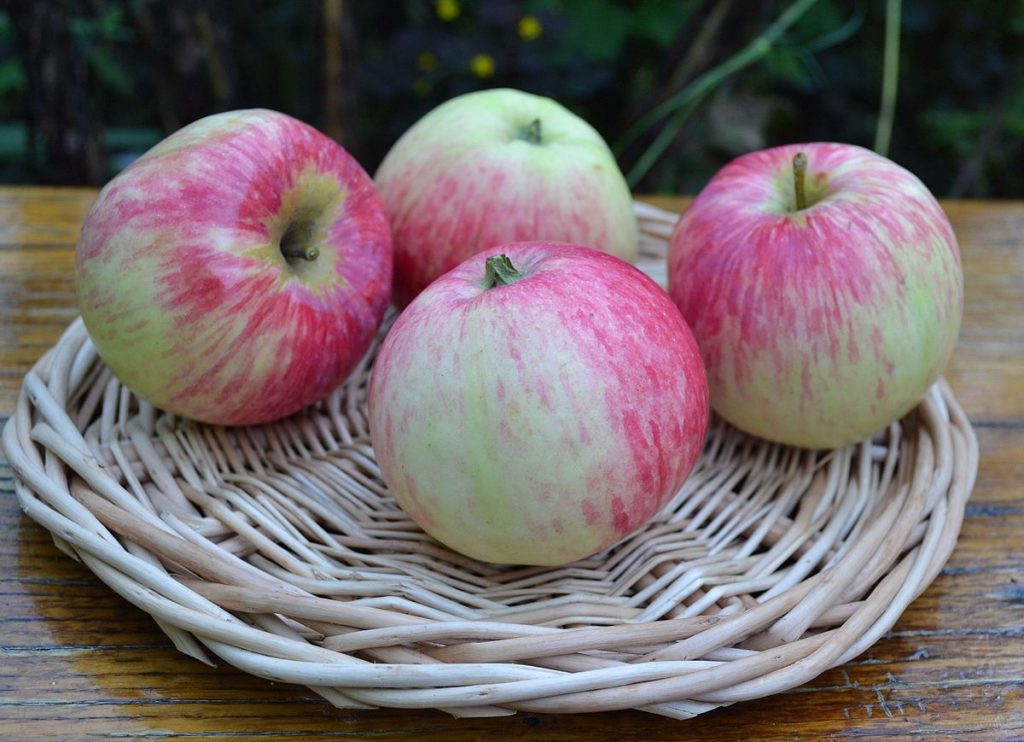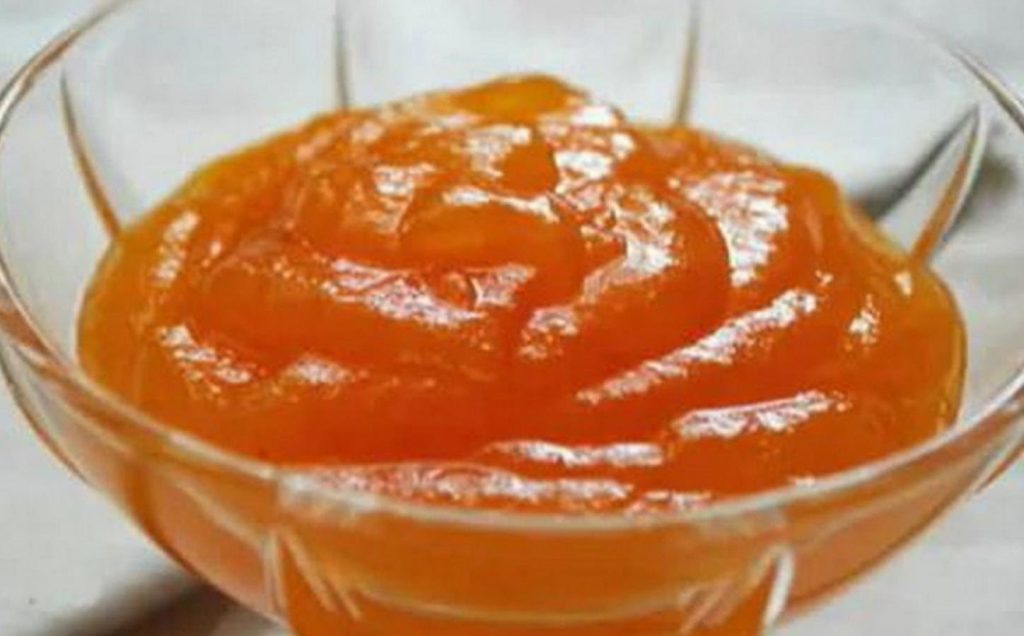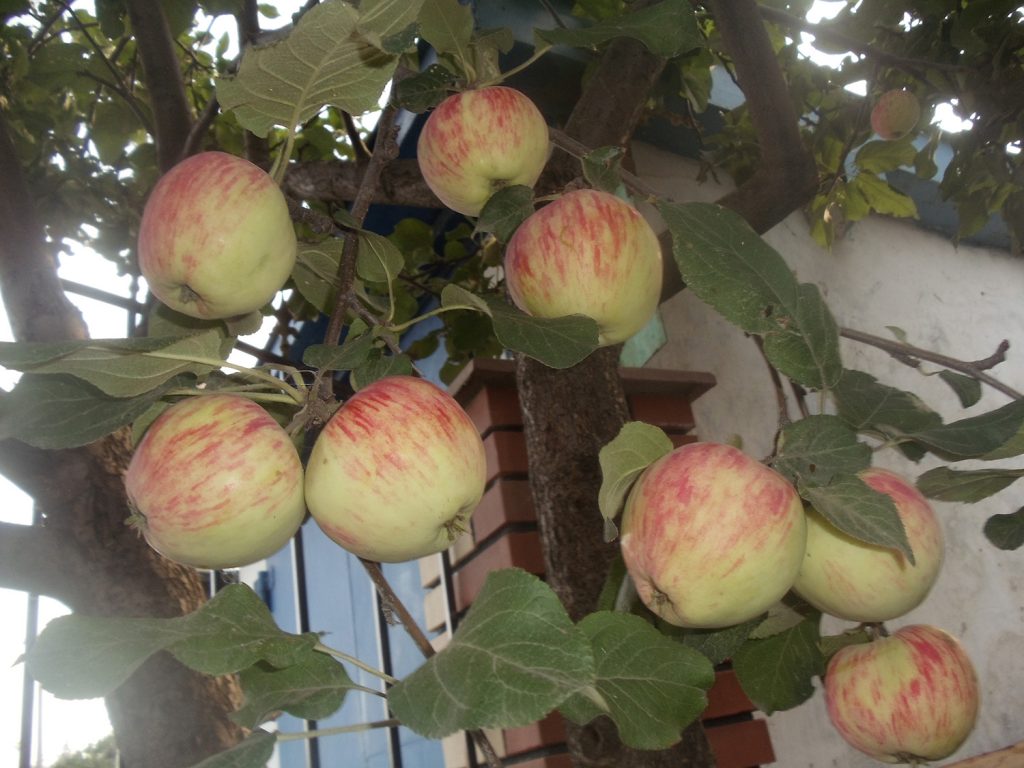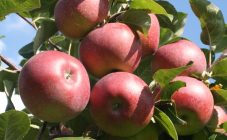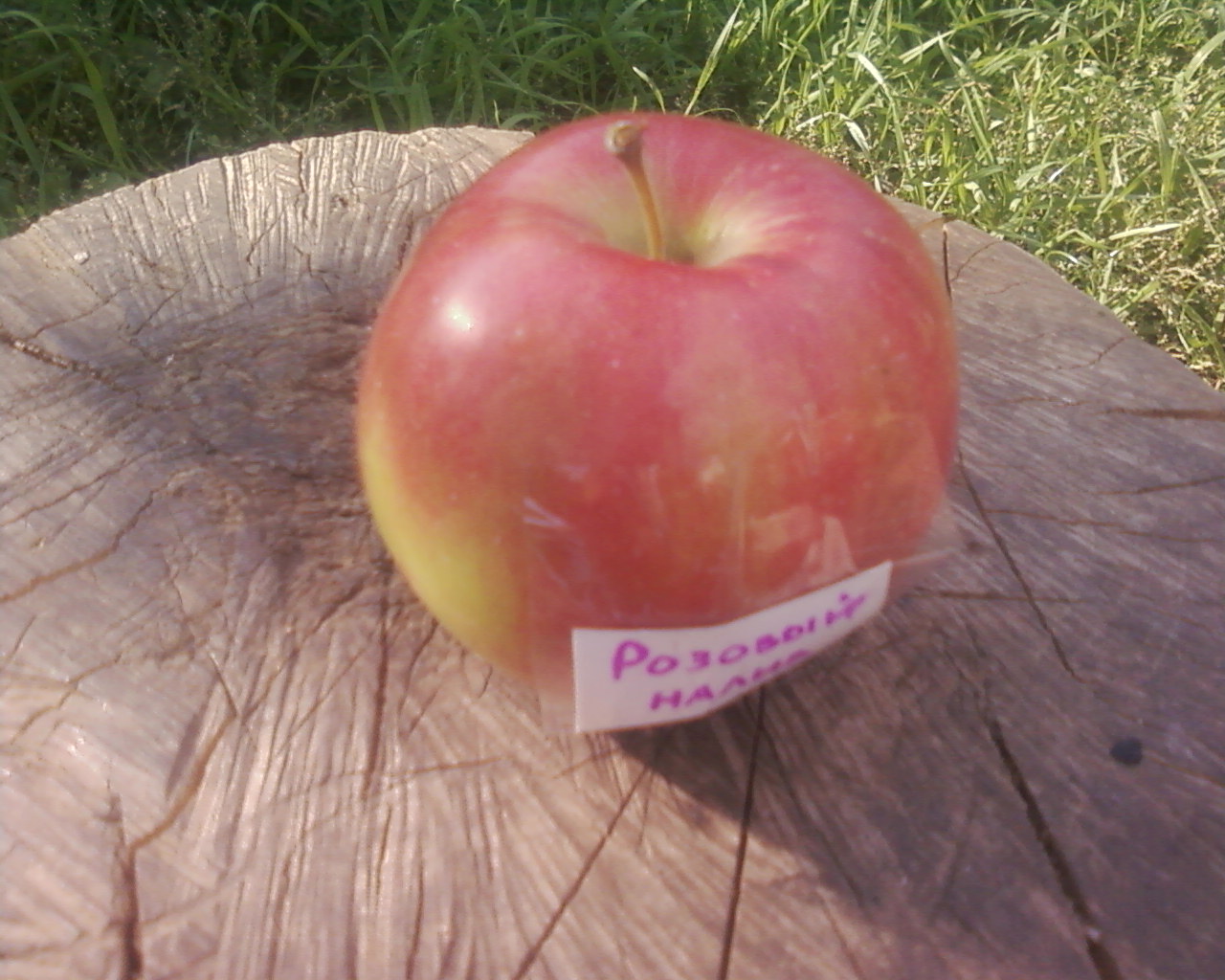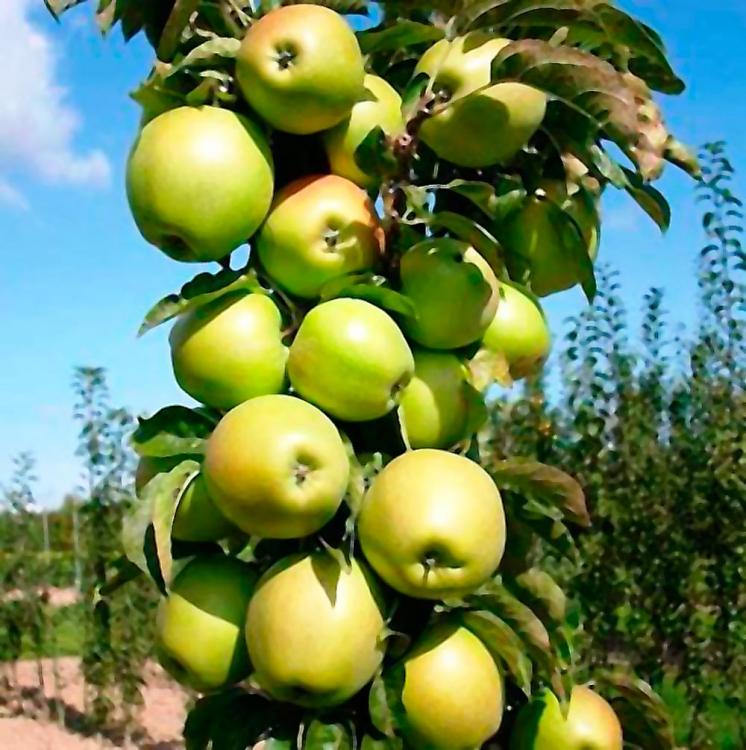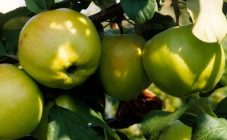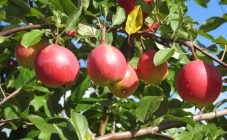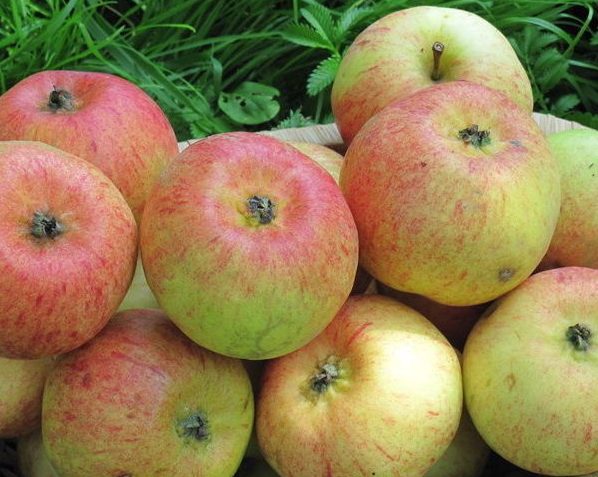Content:
The early winter variety was described in 1928 by V.P. Strelyaev, an employee of the Bashnarkomzema experimental pomological station. It was not possible to establish its original name. Many gardeners know the variety as the Bashkir beauty apple tree, but it is included in the State Register as a Bashkir beauty.
The history of the variety and its characteristics
In Bashkiria, in the village of Topornino, there was an old noble garden of the landowner S.E. Topornin. In 1886, the owner of the estate was M.I.Gribushin, who planted 300 apple seedlings, because he was interested in breeding new species. The apple orchard in Bashkiria Topornin consisted of 34% of fruit trees of the Bashkir handsome variety. In Soviet times, an experimental orchard (1926) and a fruit and vegetable technical school (1931) were created on its basis. The modern name of the village is Kushnarenkovo, where the Bashkir Research Institute of Agriculture of the UFIC RAS is now located.
Today, the variety is especially popular in regions with a harsh climate. It is common in the republics of Bashkortostan, Tatarstan, Kirov, Chelyabinsk, Orenburg, Sverdlovsk and Samara regions.
The variety is suitable for amateur gardeners and for industrial cultivation. It is especially appreciated for its high yield, frost resistance and excellent fruit taste.
The advantages of the variety:
- high winter hardiness;
- endurance;
- quickly recovers after freezing;
- high-yielding variety;
- bears fruit annually;
- shedding of fruits is average;
- good transportability;
- high tasting qualities.
Disadvantages:
- self-infertility;
- average resistance to disease.
Apple tree Bashkir handsome: description
A medium-sized tree grows up to 5-6 m. Crohn at a young age is rounded, later it becomes wide-pyramidal spreading. The apple tree looks great during flowering and fruiting. Blooms in late May. The flowers are large with delicate pink petals.
Skeletal branches are located almost at right angles to the trunk. Leaves are large, oval, pointed at the top, have a pronounced hairiness. The edge of the leaf is serrate-crenate. Begins to bear fruit in 5-6 years, yield 70-80 kg from one tree. The ripening period is between August and September, depending on the weather.
The fruits deserve admiration, both for appearance and taste. The fruits of the Bashkir handsome apple tree are of medium size. The maximum weight of one apple is 140 g. Ripe fruits are greenish-white with a bright raspberry blush. The pulp is white, dense, juicy, sweet and sour taste. Apples remain marketable for several months. The fruits retain their classic apple flavor for a long time.
Landing
The variety is self-fertile, therefore, when planting, you need to take into account the presence of pollinators on the site. The most suitable varieties: Seedling Titovka, Antonovka, Buzovyazovskoe.
The optimal planting time is spring. For planting, choose strong, healthy seedlings with a well-developed root system. Apple trees are light-requiring, so you need to plant trees in sunny areas, preferably located on a small hill, protected from the north wind.The variety is undemanding to the soil, but prefers a sandy loamy, loamy soil of neutral acidity, rich in nutrients, with a low occurrence of groundwater.
When planting seedlings, it is advisable to add 400 g of wood ash, 2 buckets of humus, 100 g of potassium sulfate, 10 tbsp to the planting pit. spoons of superphosphate. In the first year, until the seedling takes root, it is recommended to tie it up.
Care
In hot and dry weather, the apple tree requires abundant watering, since with a lack of moisture, the fruits can crumble before reaching maturity. An important role in the cultivation of the Bashkir Handsome is played by the annual pruning of the crown. The first is produced 2 years after planting. The optimal time for the procedure is early spring. Correct pruning increases yields and eliminates diseases.
For good development, the plant needs to provide oxygen access to the roots, for this it is worth periodically loosened the soil. Mulching the trunk circle helps to retain moisture and prevents weed growth. Some gardeners use the turf method to improve soil structure. It is believed that it even reflects well on the taste of the fruit.
In young apple trees, it is recommended to thin out the number of buds. Small and weak flowers are removed, leaving 1-2 ovaries in each bunch. A young tree does not have enough strength to preserve the entire crop, as it needs strength to grow and root.
Apple trees are susceptible to various diseases. Preventive measures will help to prevent them. As an option - aromatic herbs, as well as marigolds and tomatoes, planted in the trunk circle.
What varieties of apple trees are better to plant in Bashkiria
It has been noticed that wild apple trees can bear fruit for up to 150 years. Garden varietal trees are much smaller (30 years on average). Local zoned varieties turn out to be more durable, therefore the Bashkir handsome variety for Bashkortostan is an excellent choice that will ensure a long life for gardens.
Other recommended apple trees for Bashkiria (varieties):
- from early summer varieties - Golden Chinese;
- summer - Candy;
- from autumn - Zaryanka;
- from winter - North Synap, Sinap Orlovsky and Antonovka.
It is they who will grow best in this region and bring a stable harvest, but this does not mean that others are strictly forbidden to plant. By and large, you can grow anything you want, the main thing is to provide proper care (watering, pruning, protection from diseases and pests, shelter for the winter, if necessary).
